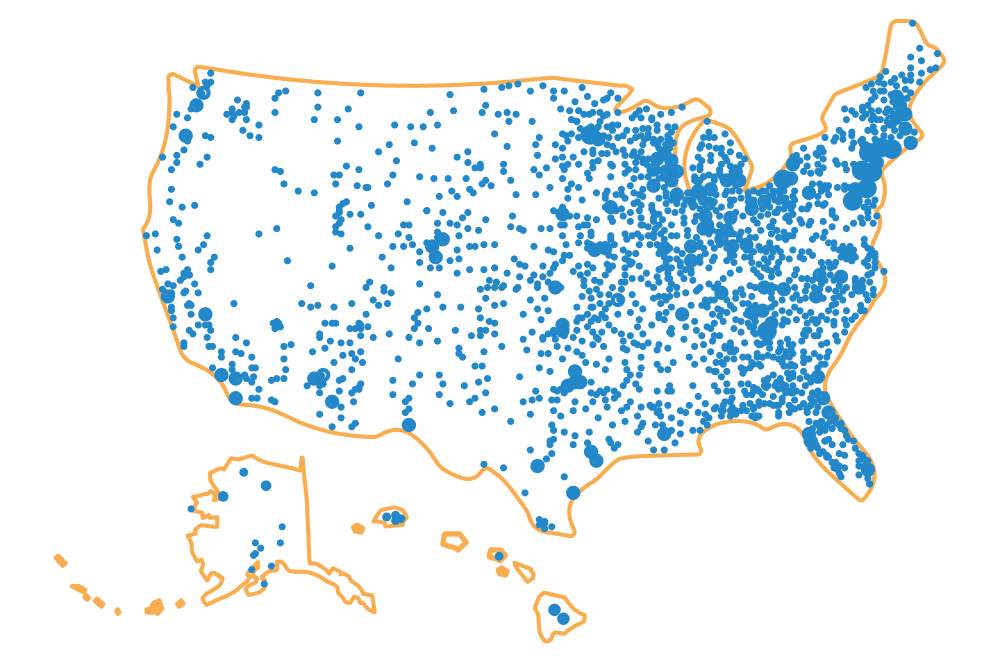Eligible expenses include tuition, mandatory fees, computer equipment and related technology and services, books, supplies, and equipment required for enrollment or attendance; room and board costs during any academic period the beneficiary is enrolled
at least half-time; and certain expenses for a special-needs student.
Account owners can also choose to use 529 assets to pay K-12 tuition up to $10,000 per student, per year, for enrollment at public, private, or religious elementary or secondary school. If there are multiple accounts for a student, the combined 529 distributions
to pay for their K-12 tuition is limited to $10,000 per year. Consult your qualified tax advisor for specific information.
The Further Consolidated Appropriations Act 2020 includes provisions that 1) allow 529 withdrawals to pay for certain expenses associated with apprenticeship programs registered and certified by the Secretary of Labor under the National Apprenticeship
Act, and 2) to pay principal and interest on certain qualified education loans for the beneficiary of your account or any of the beneficiary’s siblings. The loan repayment provisions apply to repayments up to $10,000 per individual. This $10,000
is a lifetime amount, not an annual limit. Withdrawals for student loan repayment and/or apprenticeships can only be made to the Account Owner or the Beneficiary.


